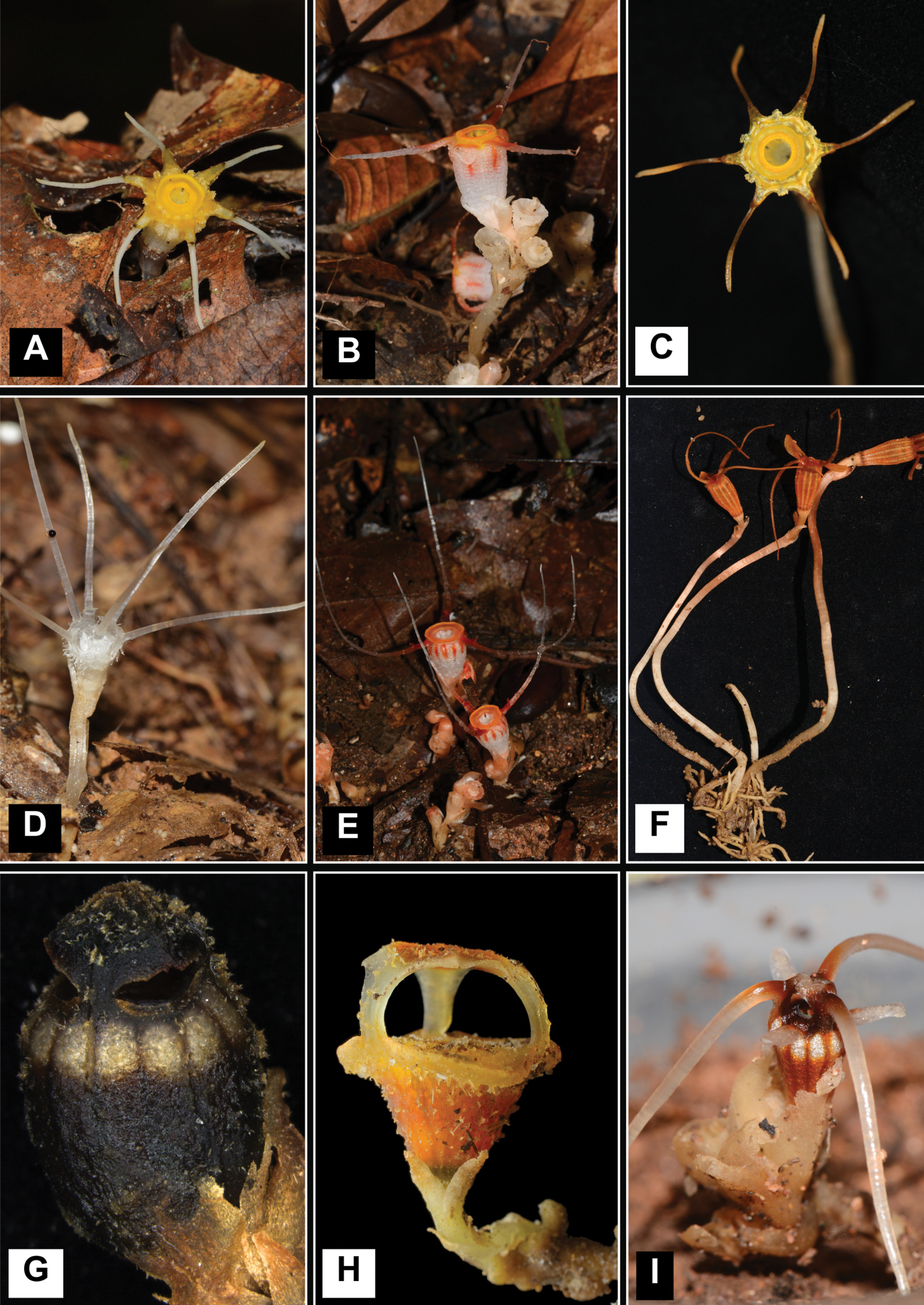A new species of plant has been discovered in eastern Peninsular Malaysia and researchers believe it is already critically endangered.
The new plant has been named Thismia aliasii and is part of the Thismia genus, which contains plants that do not photosynthesize. Instead, these unusual-looking plants rely on fungi for their nutrients and are known as mycoheterotrophic.
The genus is also commonly referred to as “fairy lanterns” due to the shape of the flowers. These flowers contain specialized pollination mechanisms and are typically pollinated by small insects such as fungus gnats or scuttle flies. The flowers from the new species are “light to dark orange to sepia-brownish red,” explain the authors in the paper.
“The discovery of Thismia aliasii is very interesting as it was found in a mountainous region known for its natural beauty. The discovery was made on the edge of a popular mountaineering trail, but, remarkably, the species was first recognised by Alias,” explains a statement.
The species was first spotted by co-author of the study Mohamad Alias Shakri in 2019 during an expedition to Terengganu’s Chemerong Forest Eco Park. Unfortunately, the COVID pandemic meant that collecting the specimens was delayed, but now the team was able to undertake fieldwork to find this extraordinary-looking plant. The species gets its name from Mohamad Alias Shakri.
Due to morphological analysis, the team was able to find differences in the new species compared to known species in the same genus, this includes the fact that the tepal appendages are of unequal length.
The species was found in a moist shady area around 640 meters (2,100 feet) above sea level, and was recorded flowering and fruiting in July and October. The new species adds to the current numbers of the Thismia genus found in Terengganu, which is already a hotspot for the plants.

Other Thismia species in the state of Terengganu.
Despite multiple surveys, the team was only able to find five specimens of the plant, at two sites, leading to a provisional classification by the IUCN of Critically Endangered. The biggest threat to this species is habitat degradation due to hiking in this increasingly popular area.
The paper is published in PhytoKeys.
Source Link: New Species Of "Fairy Lantern" Plant Discovered In Malaysia Is Already Critically Endangered